Future user schedules
New rhythms
What if people have to adapt to more nocturnal lifestyles? This is a future that 5 billion individuals in 2050 will face. As climate change exacerbates extreme heat in Southern Europe, daily life shifts to cooler nighttime hours. This concept explores how mobility can enhance well-being and emotional presence through adaptive lighting, ritual-based travel, and sensory rewilding. By embedding future necessities, the vehicle prioritises circadian health and slower, more intentional experiences. Hyundai New Rhythms reframes the vehicle interior as a protective cocoon aligned with evolving lifestyles and environmental demands.
Project Information
Hyundai New Rhythms is a speculative design concept that envisions an autonomous vehicle interior for life in 2050, responding to climate change and the shift toward nocturnal living. As extreme heat makes daytime activity less viable in Southern Europe, society adapts by reconfiguring work, rest, and mobility to the night.
This project proposes a compact, three-seater vehicle interior that serves as a space not just for transportation, but a space that optimises their nocturnal life balance. By creating this circadian alignment, the vehicle reframes mobility as a space of care. An immersive, adaptive environment that allows users to create optimal light scenarios throughout the day that align with their schedules
Methods
The design process was rooted in cross-disciplinary research and experience-based design. Insights were drawn from studies on circadian health, climate projections, polar night communities, and the emerging values of Generation Alpha. The method combined speculative foresight with user-centred design and iterative prototyping, including mood boards, ergonomic mock-ups, and light/material experimentation.
Emotional presence and ritual were identified as key experiential qualities, prompting the design of adaptive light scenarios and sensory interactions. Inspiration from architecture and nature informed the treatment of light as material, creating spaces that evoke awe, calm, and restoration. Testing involved emotional mapping and response simulations to explore how different lighting and material scenarios influence mood and engagement.
Result
The outcome is Hyundai New Rhythms: an autonomous, three-seat vehicle interior that prioritises emotional presence in a future of more nocturnal mobility. Designed for flexibility and comfort, the interior offers a layered, tactile environment where light scenarios shift with time and mood according to the user's preference. Solar-powered surfaces, biobased materials, and electrochromic panels support sustainability and energy autonomy. Central to the design is 'The Disk', a minimal interface that allows users to control light and transition through travel rituals, from wakefulness to rest. The experience unfolds in stages, supported by ambient cues rather than screens. This concept proposes a new rhythm of travel, slower, more intentional, and emotionally attuned and aligned with future climate realities and evolving human needs.
In collaboration with:

UID25 | Demi Driessen – Grad project presentation
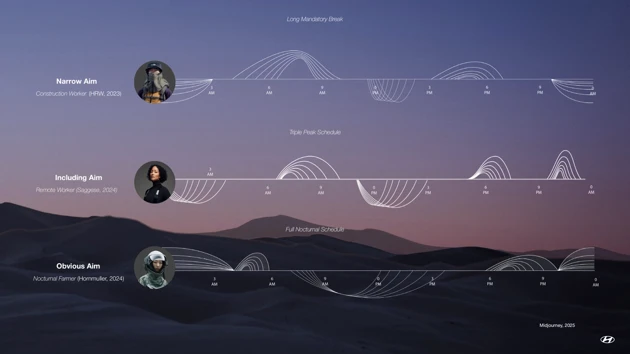
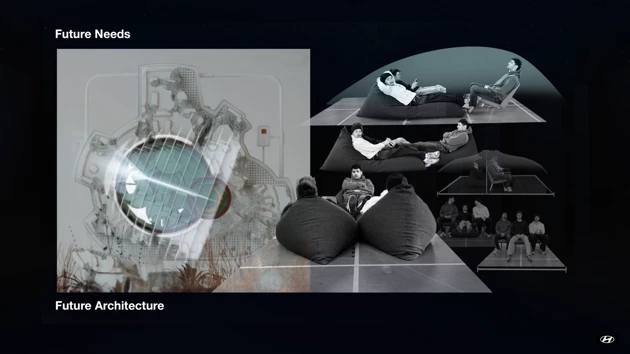
Vehicle architecture

User testing
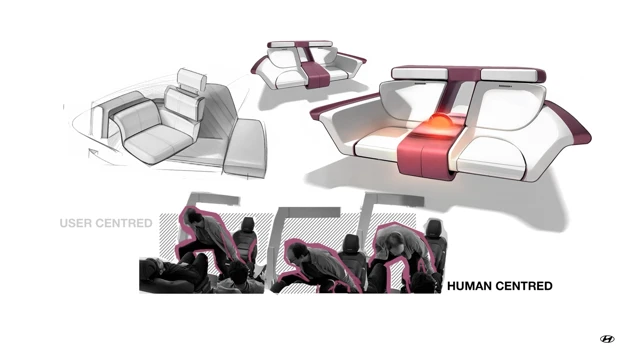
Three seating positions, one experience.

User experience map, final design.

The disk

Chladni plate tactile navigation
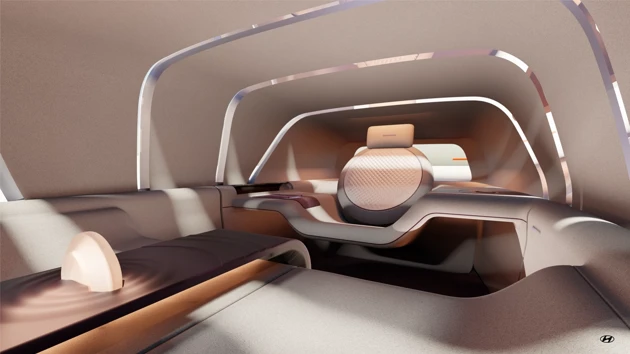
Rays of light experience
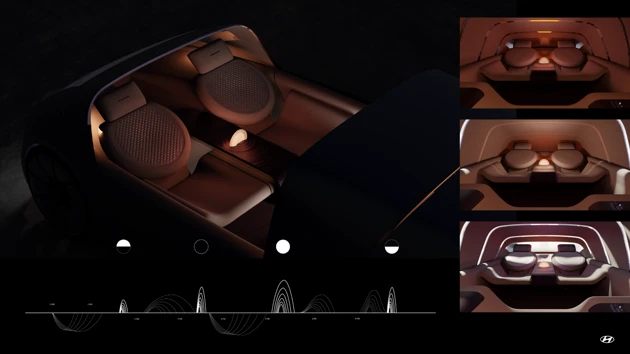
Four adaptive light scenarios











